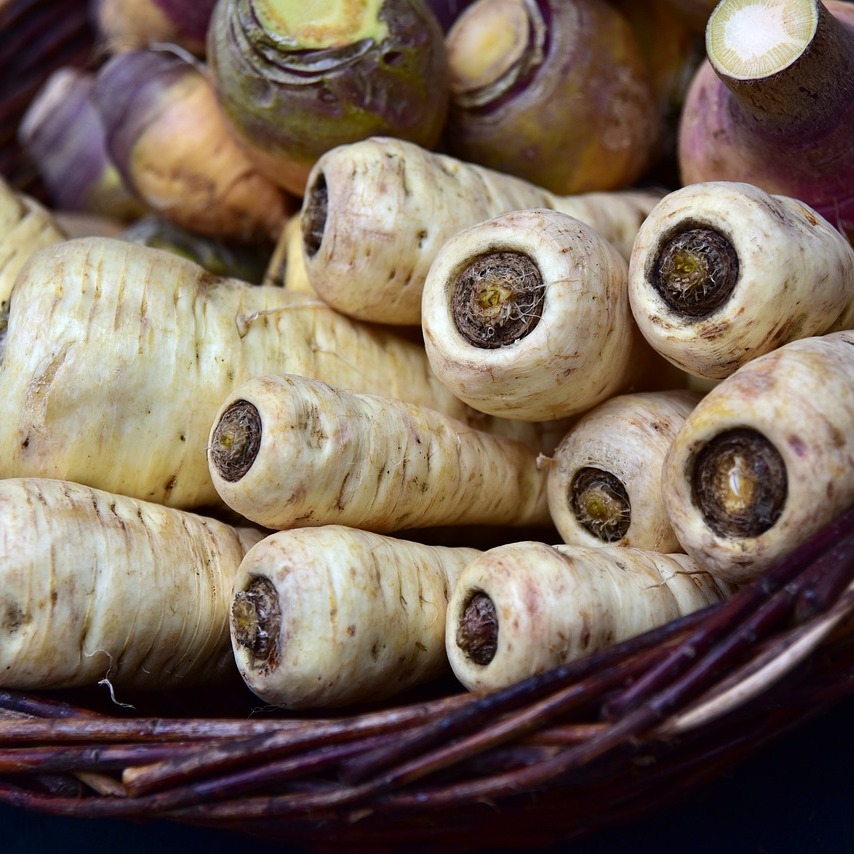
Introduction
Parsnips are sweet and flavorful root vegetables that can be grown successfully in the United Kingdom. With their earthy taste and culinary versatility, growing parsnips in your garden can be a rewarding experience. In this comprehensive guide, we will walk you through the process of growing parsnips, from selecting the right variety to providing the necessary care for a bountiful harvest. Let's get started!
Choosing the Right Variety
When it comes to parsnips, there are several varieties suitable for the UK climate. Here are some popular choices:
- 'Hollow Crown': A popular variety known for its long, tapered roots and excellent flavor.
- 'Gladiator': This variety produces smooth, uniform roots and has good disease resistance.
- 'White Gem': An outstanding variety with tender, sweet roots that are ideal for roasting or mashing.
- 'Tender and True': This variety offers high yields of long, slender roots with a fine texture.
Sowing and Planting
Parsnips are typically grown from seeds. Follow these steps to sow and plant your parsnips:
- Sowing method: Directly sow parsnip seeds in the garden from late winter to early spring. Soak the seeds in warm water overnight before sowing to improve germination.
- Soil conditions: Parsnips prefer well-drained soil that is deeply dug and free from stones. Improve heavy soils by incorporating compost or well-rotted manure.
- Planting depth: Sow the seeds about 1/2 inch deep and space them 2-3 inches apart in rows that are 12-18 inches apart.
- Thinning seedlings: When the seedlings have developed their first true leaves, thin them out to allow proper spacing. Leave the strongest seedlings spaced about 6-8 inches apart.
Growing
To ensure healthy growth and a bountiful harvest of parsnips, consider the following tips:
- Sunlight: Parsnips prefer full sun but can tolerate partial shade. Aim to provide them with at least 6 hours of direct sunlight each day.
- Watering: Keep the soil consistently moist, especially during dry spells. Parsnips require regular watering to prevent them from becoming woody or developing forked roots.
- Soil conditions: Parsnips prefer well-drained soil that is deeply dug and free from stones. Loose soil allows the roots to grow straight and helps prevent forking.
- Thinning: Thin the parsnip seedlings to the final spacing recommended for the variety. Crowded plants will result in smaller roots.
- Fertilizing: Parsnips do not require heavy fertilization. A light application of balanced fertilizer or side-dressing with compost or well-rotted manure can be beneficial.
- Weed control: Keep the growing area free from weeds, as they can compete with parsnips for nutrients and water.
- Pest control: Monitor your parsnip plants for common pests such as carrot fly. Use protective barriers or insect netting to prevent infestations.
- Harvesting: Parsnips are typically ready for harvest 90-120 days after sowing. Gently loosen the soil around the roots and carefully lift them out of the ground.
Conclusion
Growing parsnips in the United Kingdom allows you to enjoy the sweet and earthy flavor of these versatile root vegetables. By choosing the right variety, providing proper care, and addressing common challenges, you can cultivate healthy parsnips that add depth and sweetness to your culinary creations. Whether you roast them, mash them, or use them in soups and stews, homegrown parsnips will surely enhance your culinary experiences. Happy parsnip growing!